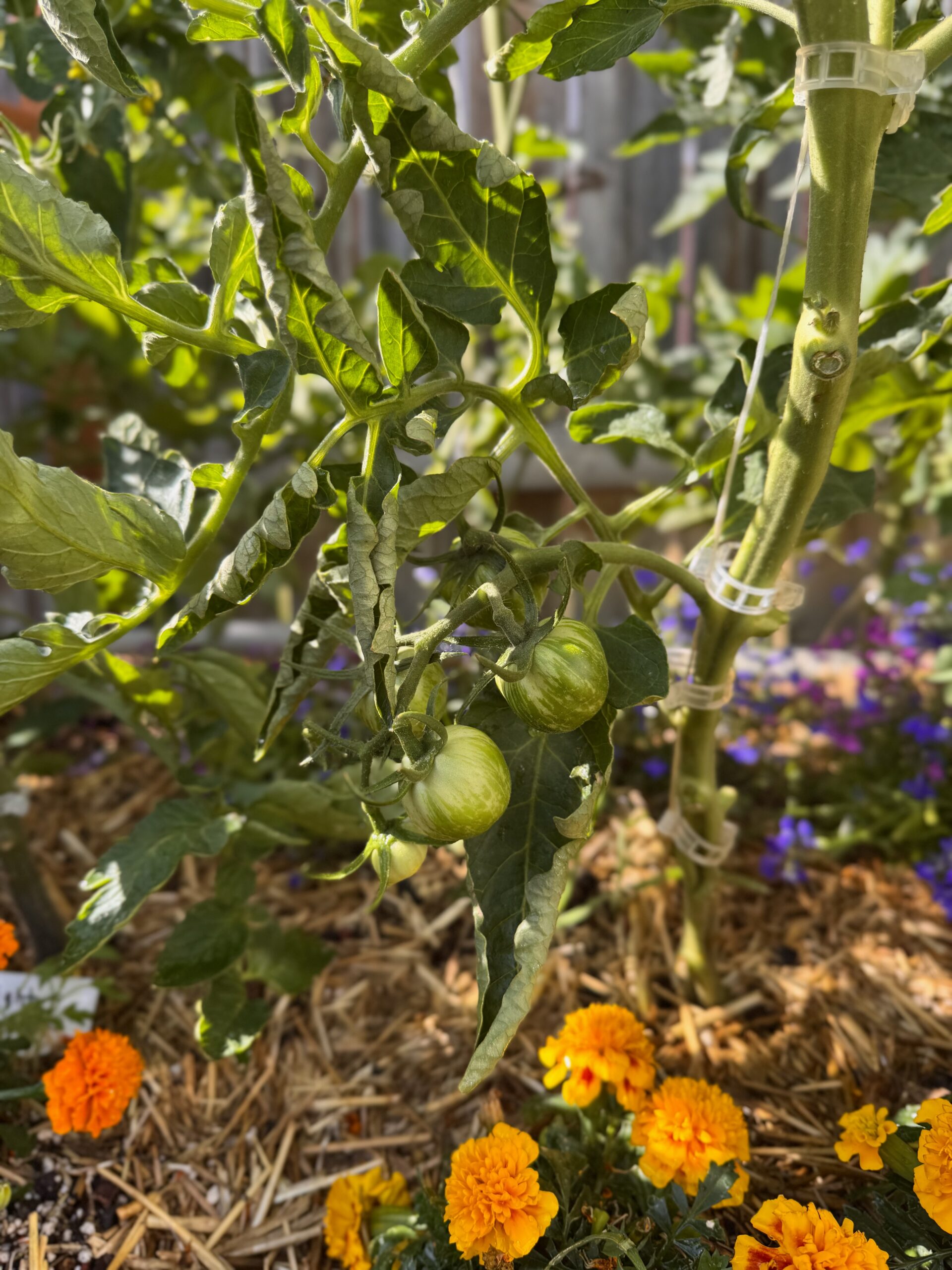
Hey all! Real Farmer Jeff here.
If you want your garden to have peak production you may want to swap out older, worn-out plants for new plants!
Additionally, you may have space that opens after harvesting part of your crops.
In both of these cases, succession planting is the gardening fundamental that will take your garden to the next level. In this blog post, I’ll explain what exactly succession planting is, all the ins and outs of it, and how you can apply it in your own garden.
Let’s get started!
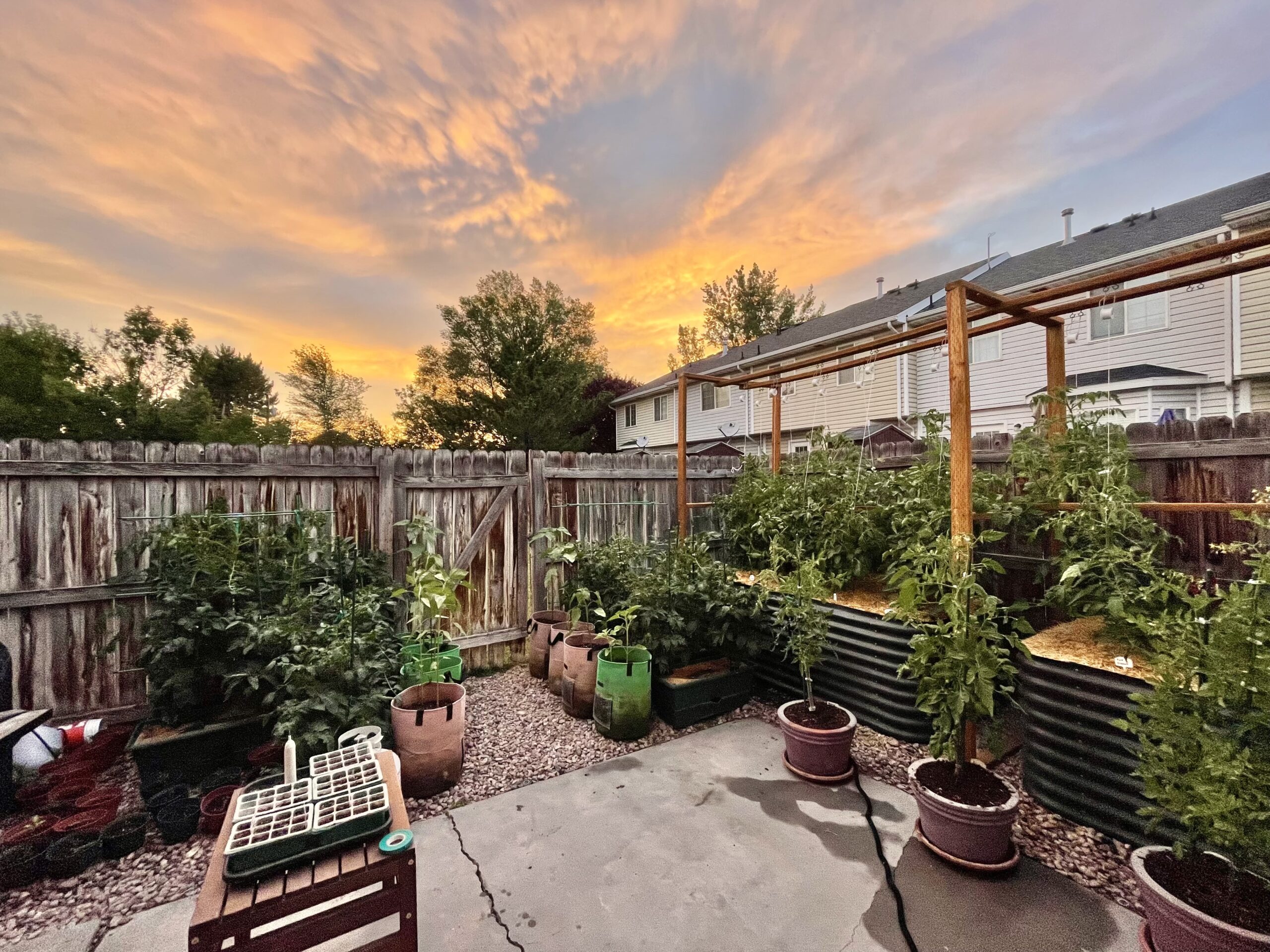
What is Succession Planting?
Succession planting is the practice of planting crops in intervals to ensure a continuous harvest throughout the growing season.
Rather than planting everything at once in spring, succession planting spaces crops out over time – or fills in empty spaces with fresh plants mid-season.
In Utah, where I live, I can plan on growing plants into October. This means that in July, I still have enough time to easily plant anything that has 90 days to maturity or less.
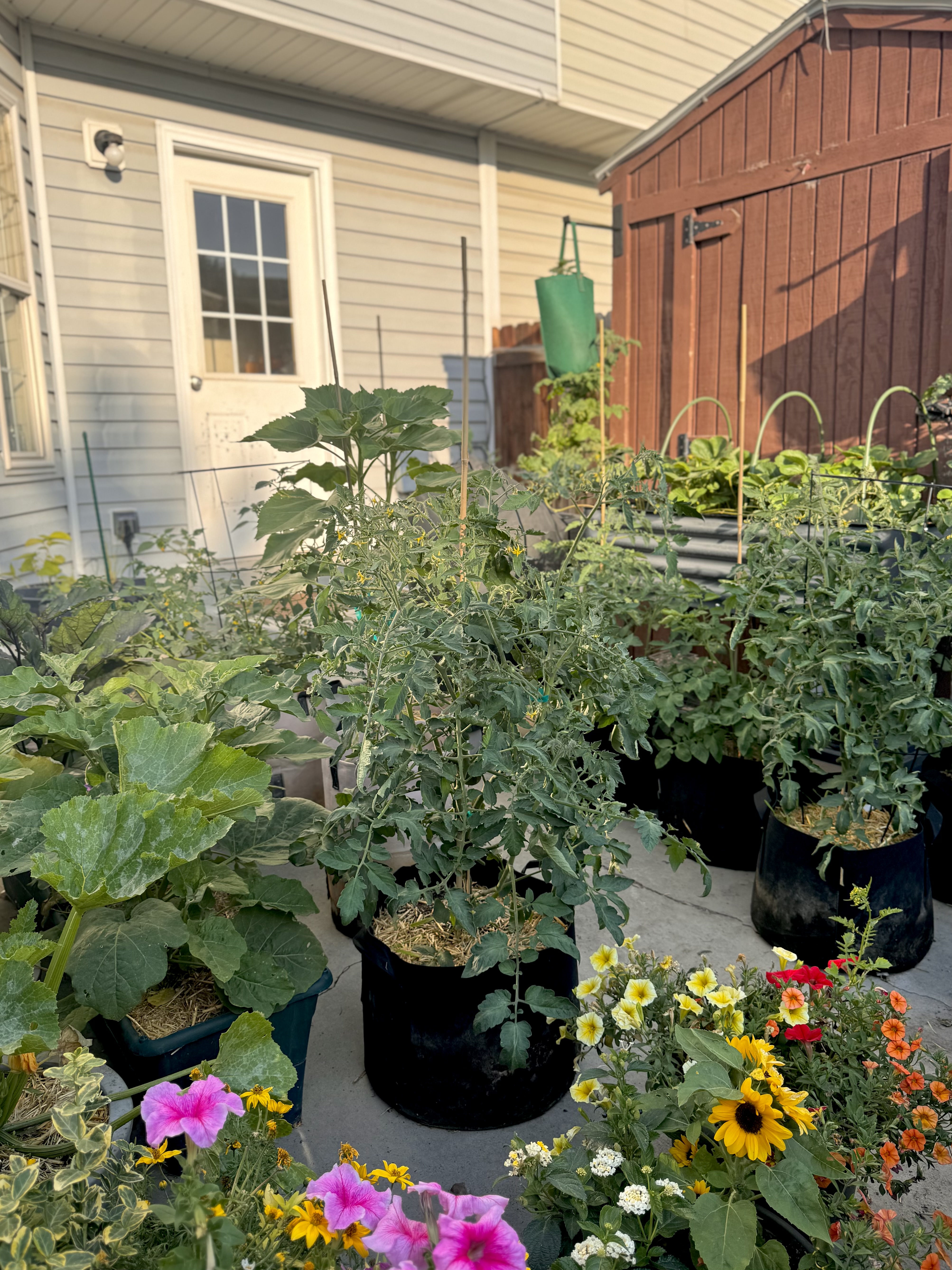
The 3 Main Benefits of Succession Planting
- Continuous Harvests: Instead of a single, overwhelming yield, succession planting gives you a steady stream of fresh produce throughout the growing season.
- Maximized Garden Productivity: By planting new crops as others finish, you make the most of your space—no empty beds, no wasted time. This leads to more overall food from the same area.
- Improved Plant Health and Pest Management: Frequent crop rotation and avoiding overcrowding helps reduce pest and disease pressure, which keeps plants healthier and yields higher.
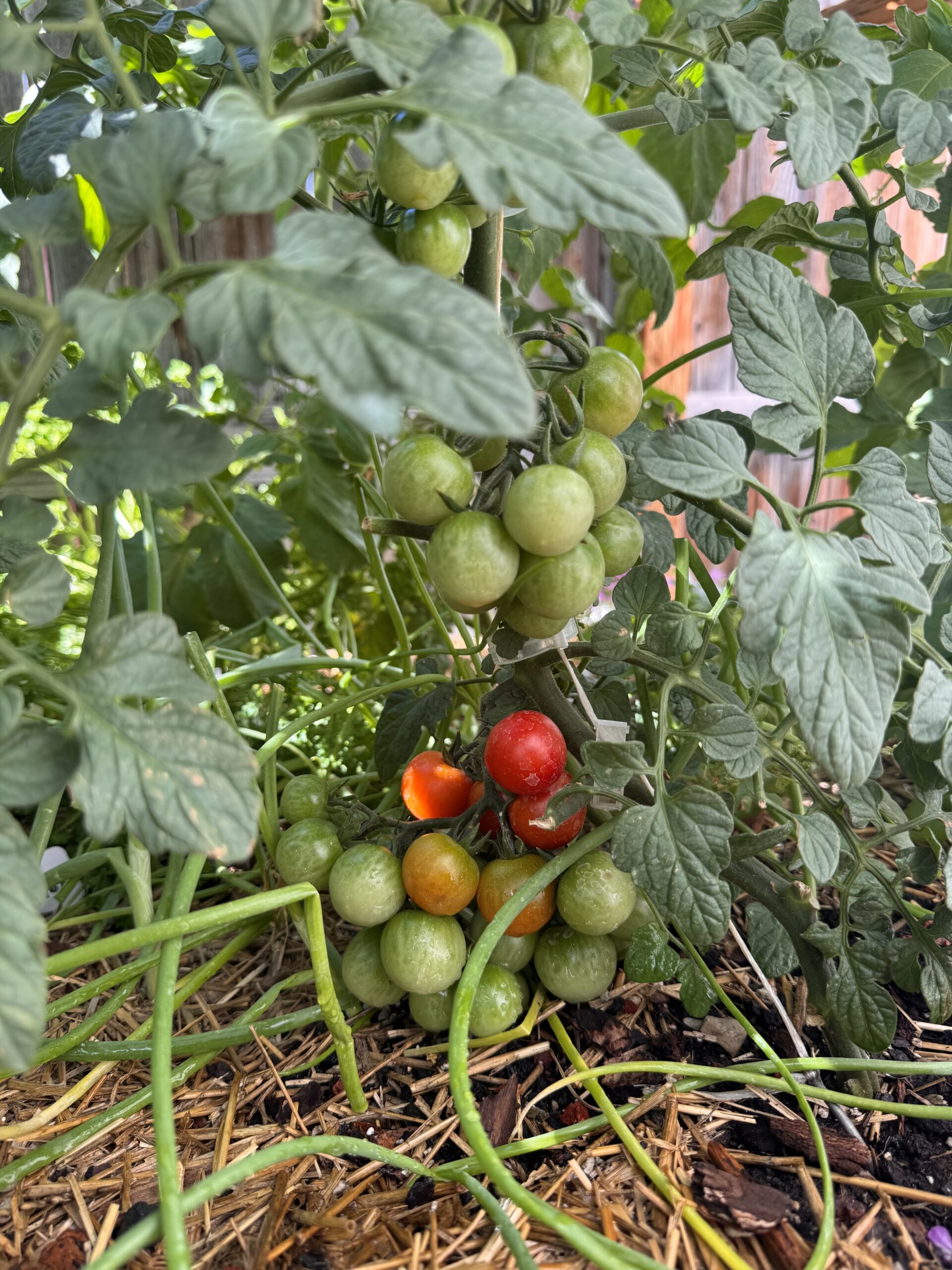
Heat-Tolerant Vegetables for Succession Planting in Utah
*Note that these should be planted as late as July!
When planting in mid-summer, your best bet is to choose vegetables that thrive in heat, tolerate intense sun, and mature in 90 days or less. These crops will grow quickly and reliably without bolting, wilting, or stalling in Utah’s summer conditions. Here are some of the best options for succession planting in July:
1. Bush Beans
- Days to maturity: 50–60
- Heat-loving and fast to mature. Plant a fresh round for late-summer harvests. Harvest regularly to keep them producing.
2. Summer Squash (Zucchini, Yellow Crookneck, Patty Pan)
- Days to maturity: 45–60
- Thrive in full sun and hot soil. These plants grow rapidly and pump out fruit continuously with regular picking.
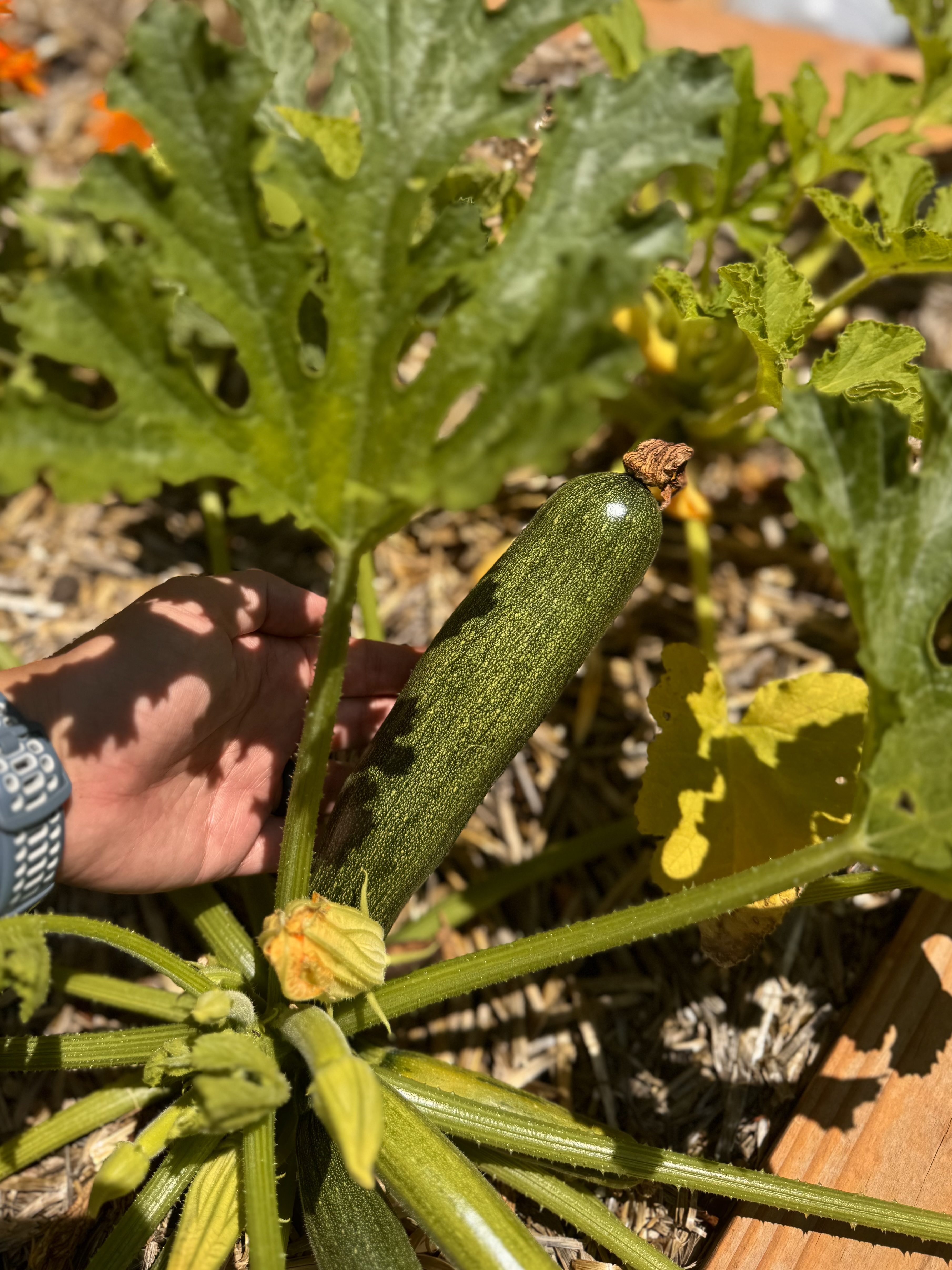
3. Cucumbers (Especially Pickling Varieties)
- Days to maturity: 50–65
- Great for hot weather. Choose quick varieties for succession crops. Trellising helps airflow and keeps fruit clean.
4. Corn (Early Varieties)
- Days to maturity: 65–85
- Heat helps pollination and rapid growth. Choose early-maturing sweet corn and plant in blocks for better pollination.
5. Okra
- Days to maturity: 50–65
- Thrives in scorching temperatures and poor soil. The more you harvest, the more it produces.
6. Malabar Spinach
- Days to maturity: 45–60
- A vining green that loves heat and humidity. Unlike true spinach, it won’t bolt in hot weather. Grows well on a trellis.
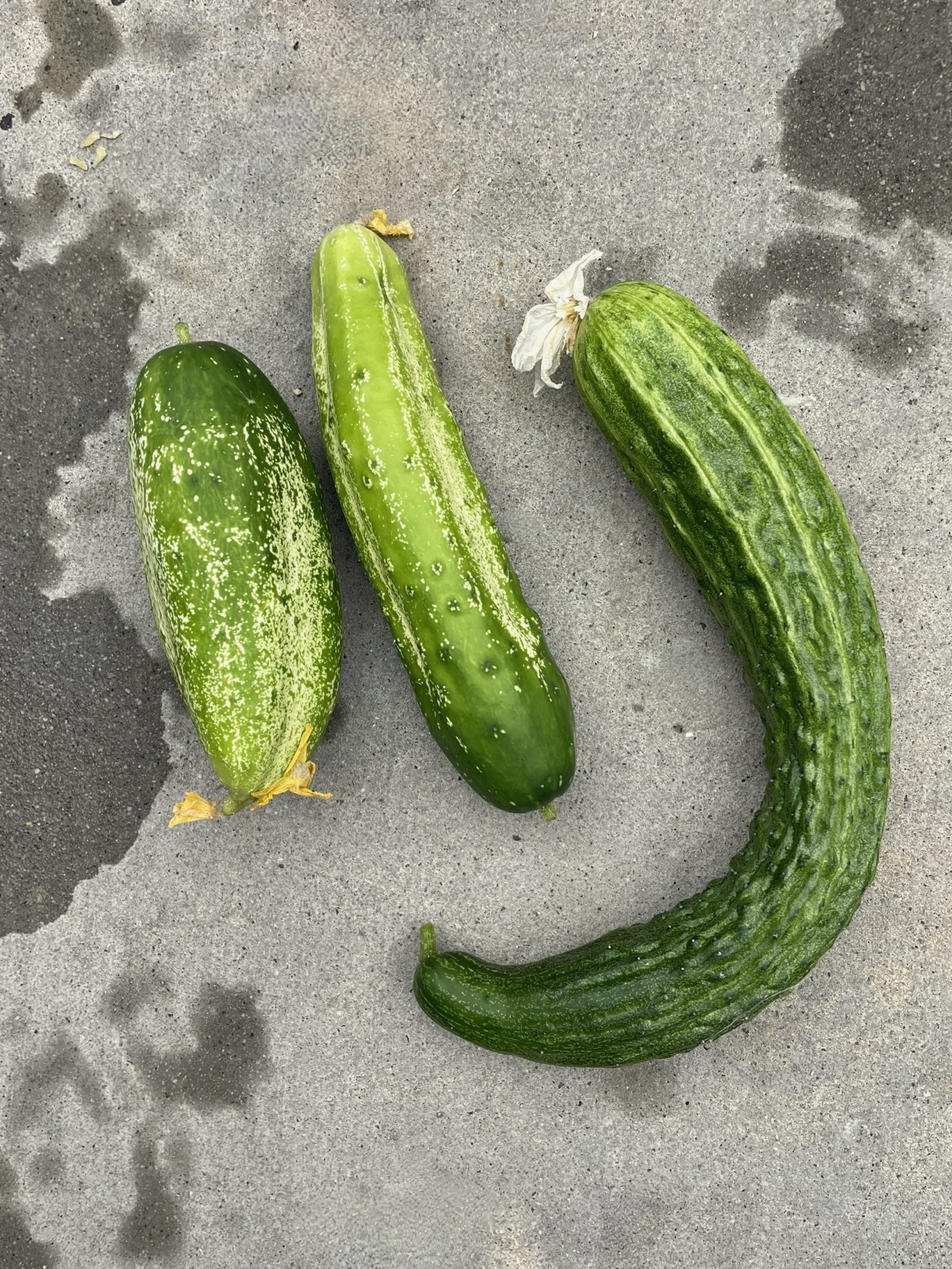
7. Armenian Cucumbers
- Days to maturity: 60–75
- Technically a melon, but grown and eaten like a cucumber. Perfectly adapted to hot, dry climates.
8. Eggplant (Quick, Compact Varieties)
- Days to maturity: 65–80
- Loves the heat, but make sure to plant transplants—not seeds—in July. Try ‘Little Finger’ or ‘Ichiban’ types.
9. Hot Peppers
- Days to maturity: 60–85
- Great for midsummer transplanting. Jalapeños, serranos, and cayennes all handle heat and sun with ease.
10. Cowpeas (Black-eyed Peas, Southern Peas)
- Days to maturity: 60–90
- Extremely heat-tolerant and drought-resistant. Fixes nitrogen in the soil and thrives in poor conditions.
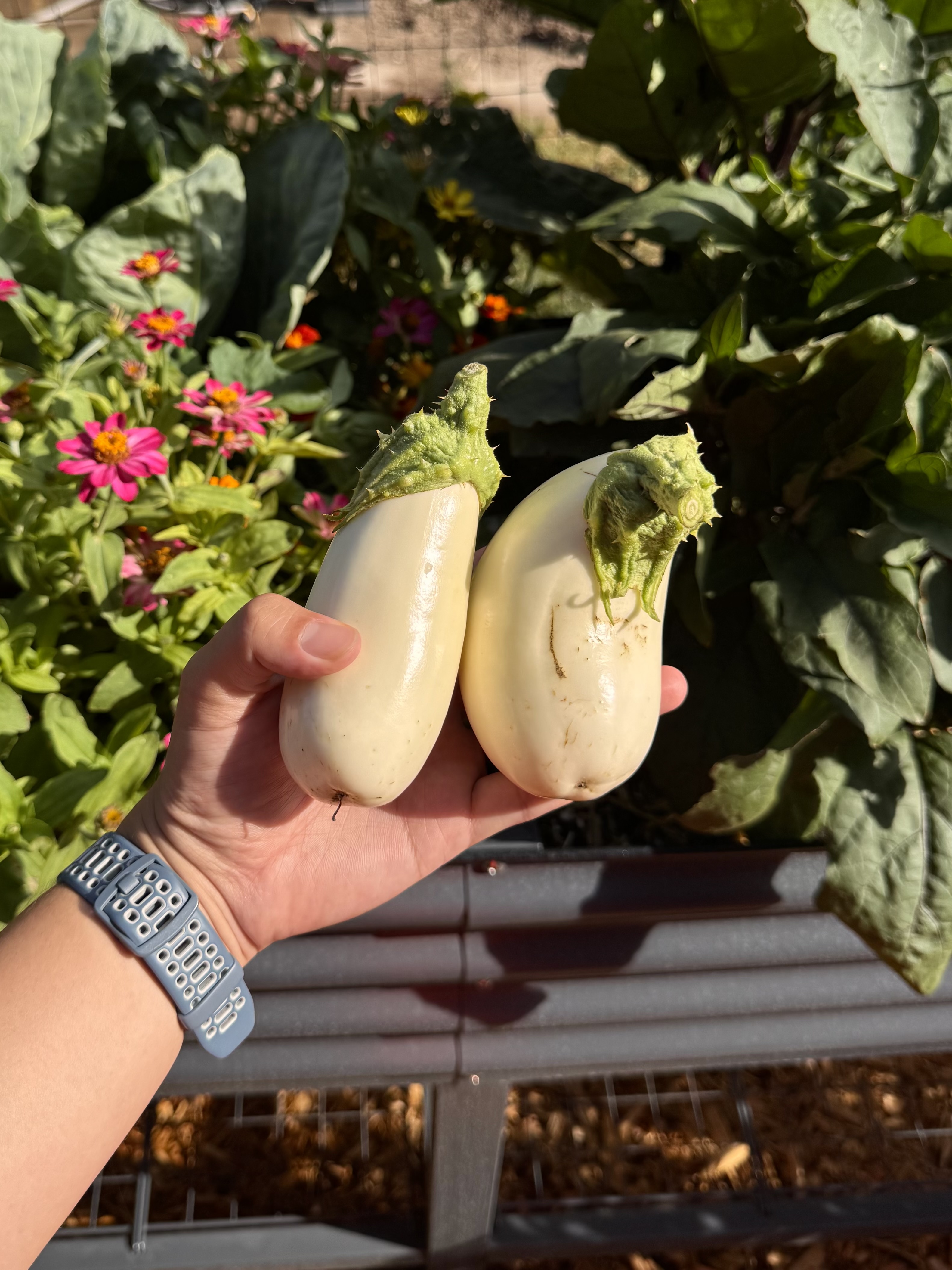
Bonus: Herbs for Summer Succession Planting
Herbs are a fantastic addition to any succession planting plan. Many of them love heat and sun, grow quickly, and provide excellent returns in flavor and usefulness.
1. Basil
- Days to maturity: 30–60
- Thrives in hot weather. Frequent harvesting encourages more leaf production.
2. Cilantro (Leaf Harvest)
- Days to maturity: 30–45
- Tends to bolt in heat, but planting in light shade or cooler microclimates can stretch the harvest.
3. Dill
- Days to maturity: 40–60
- Does well in summer if given enough moisture. Pairs perfectly with summer cucumbers for pickling.
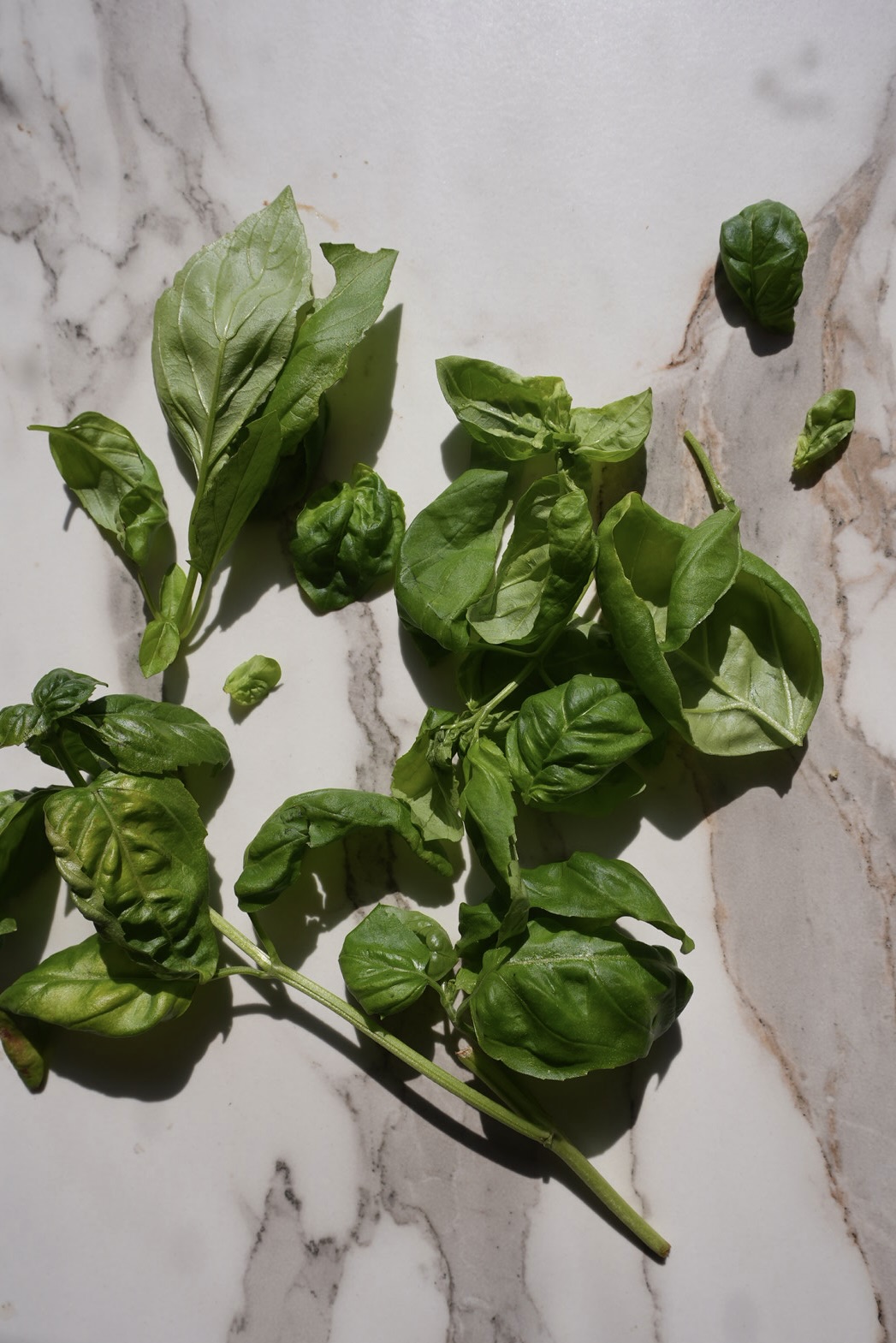
4. Thai Basil
- Days to maturity: 60–75
- Even more heat-tolerant than standard basil and packs intense flavor.
5. Lemongrass
- Grown from transplants or divisions. Thrives in hot weather and makes a great addition to tea or Asian cooking.
6. Oregano
- Perennial in some zones; loves heat and dry conditions. Best started from transplants in mid-summer.
7. Thyme
- Another tough, sun-loving herb that thrives in hot, dry soil and is nearly maintenance-free once established.
8. Mexican Tarragon (Tagetes lucida)
- A warm-weather substitute for French tarragon. Tolerates heat well and has a sweet anise flavor.
Tip: Most herbs prefer well-drained soil and less frequent watering once established. They also do great in containers if you need to tuck them into sunny corners of your garden.
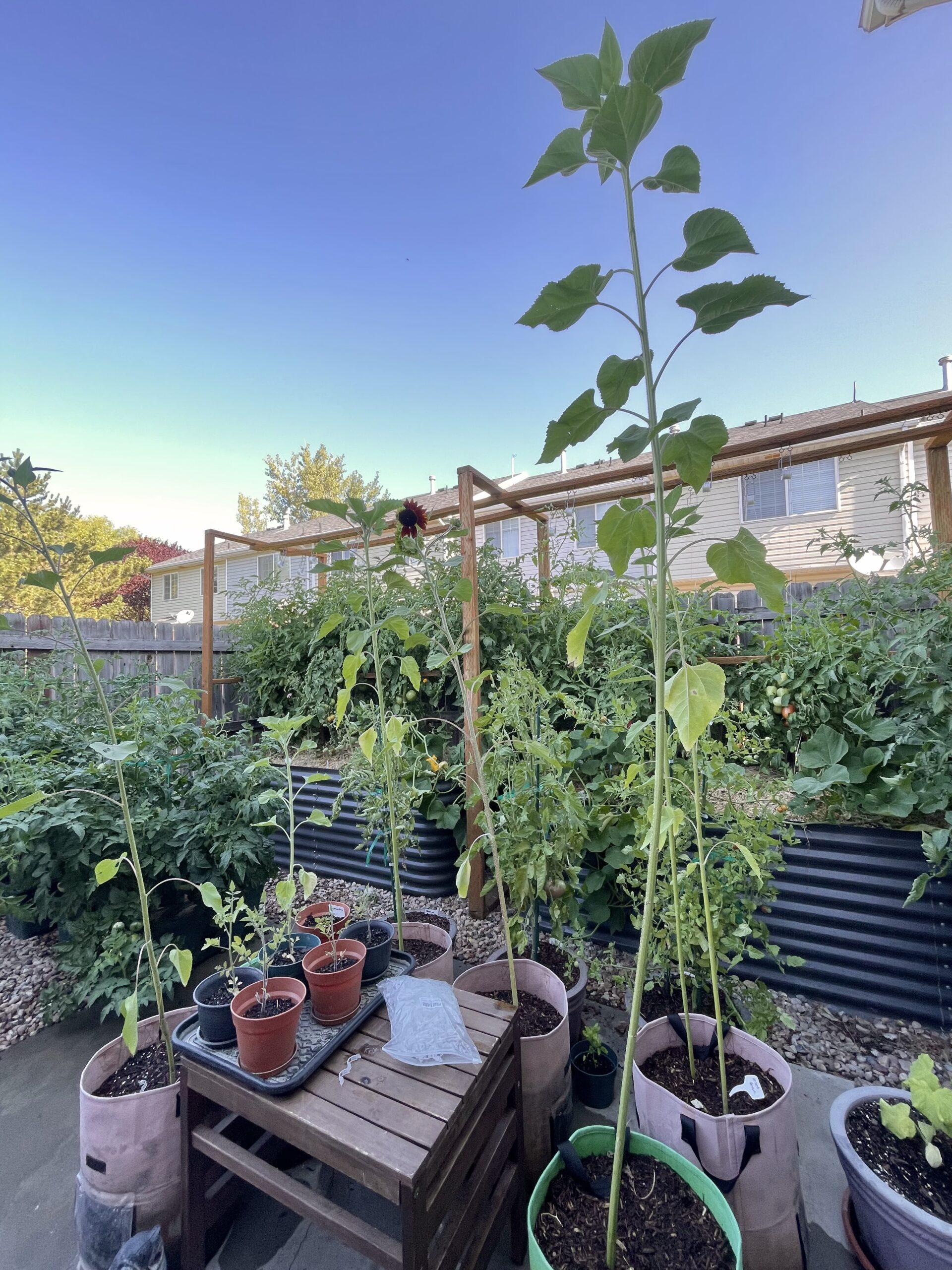
Quick-Harvest Greens That Tolerate Summer Heat
While most leafy greens hate the heat, a few can handle Utah’s sun if given shade in the afternoon or planted under taller crops:
- Arugula: 30–40 days; tolerates heat if kept moist and partly shaded
- Mustard Greens: 30–45 days; some varieties do well in midsummer
- New Zealand Spinach: 55–70 days; not a true spinach, but great for hot climates
- Swiss Chard: 50–60 days; very tolerant of heat and will continue producing through fall
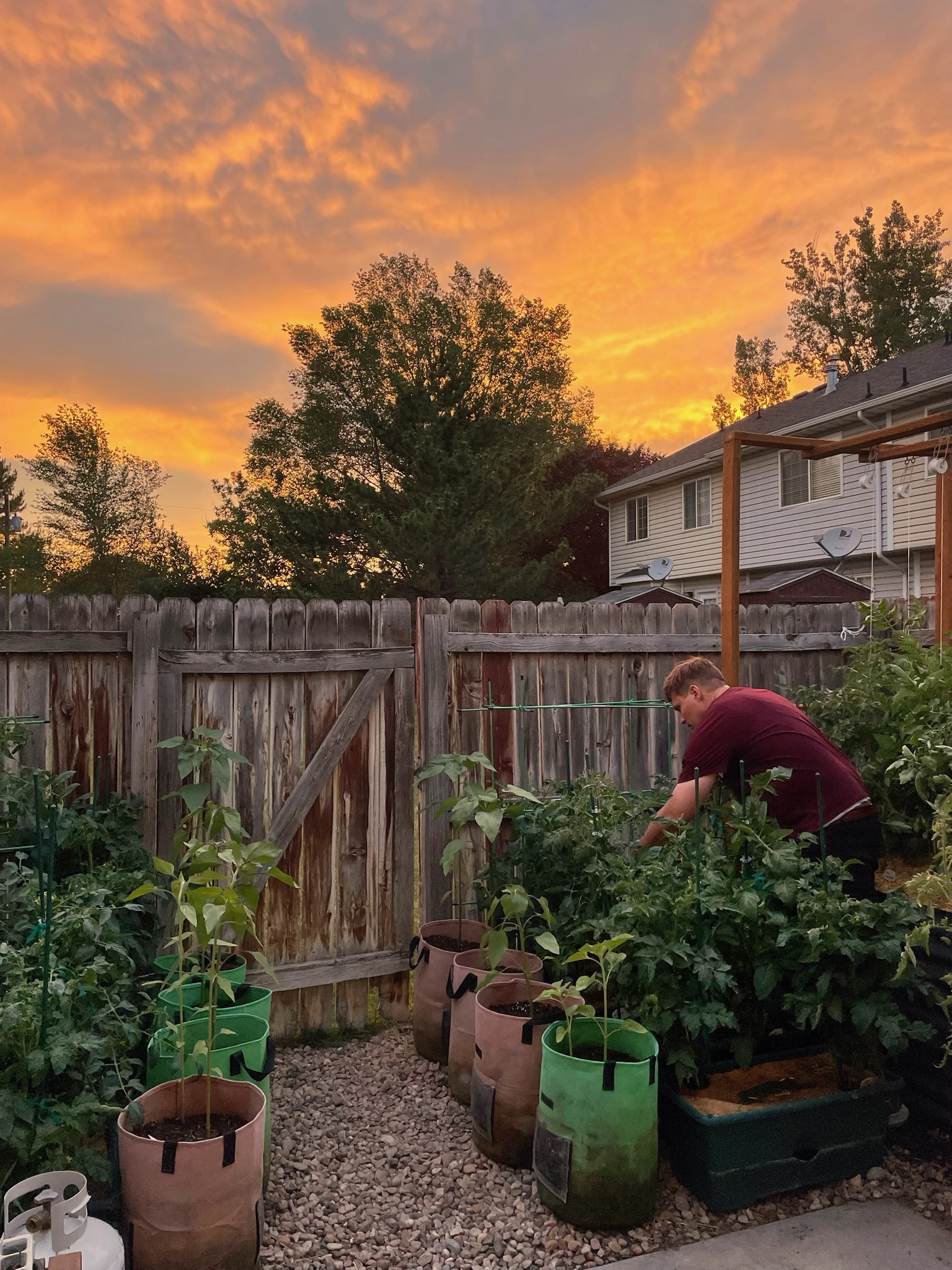
5 Succession Planting Tips for Hot Weather
1. Start with Moisture in Mind: Seedlings dry out quickly in midsummer. Water deeply before and after planting, and keep soil consistently moist until germination. Mulching helps retain moisture and reduce soil temperature.
2. Use Shade Wisely: Create temporary shade with row covers, floating fabric, or tall companion plants. This can help protect delicate seedlings from harsh afternoon sun during the first few weeks.
3. Focus on Short-Season Varieties: Always check the “days to maturity” on seed packets. In most of Utah, you’ll want crops that mature in 75–90 days max from planting to harvest, depending on your frost date.
4. Think in Phases: Stagger plantings of bush beans, squash, and cucumbers every 2–3 weeks to spread out the harvest and reduce pest pressure.
5. Use Transplants When Possible: In July’s heat, some crops (like eggplant and peppers) do best when transplanted instead of direct-seeded. Starting them indoors or buying young starts can give you a jump on production.
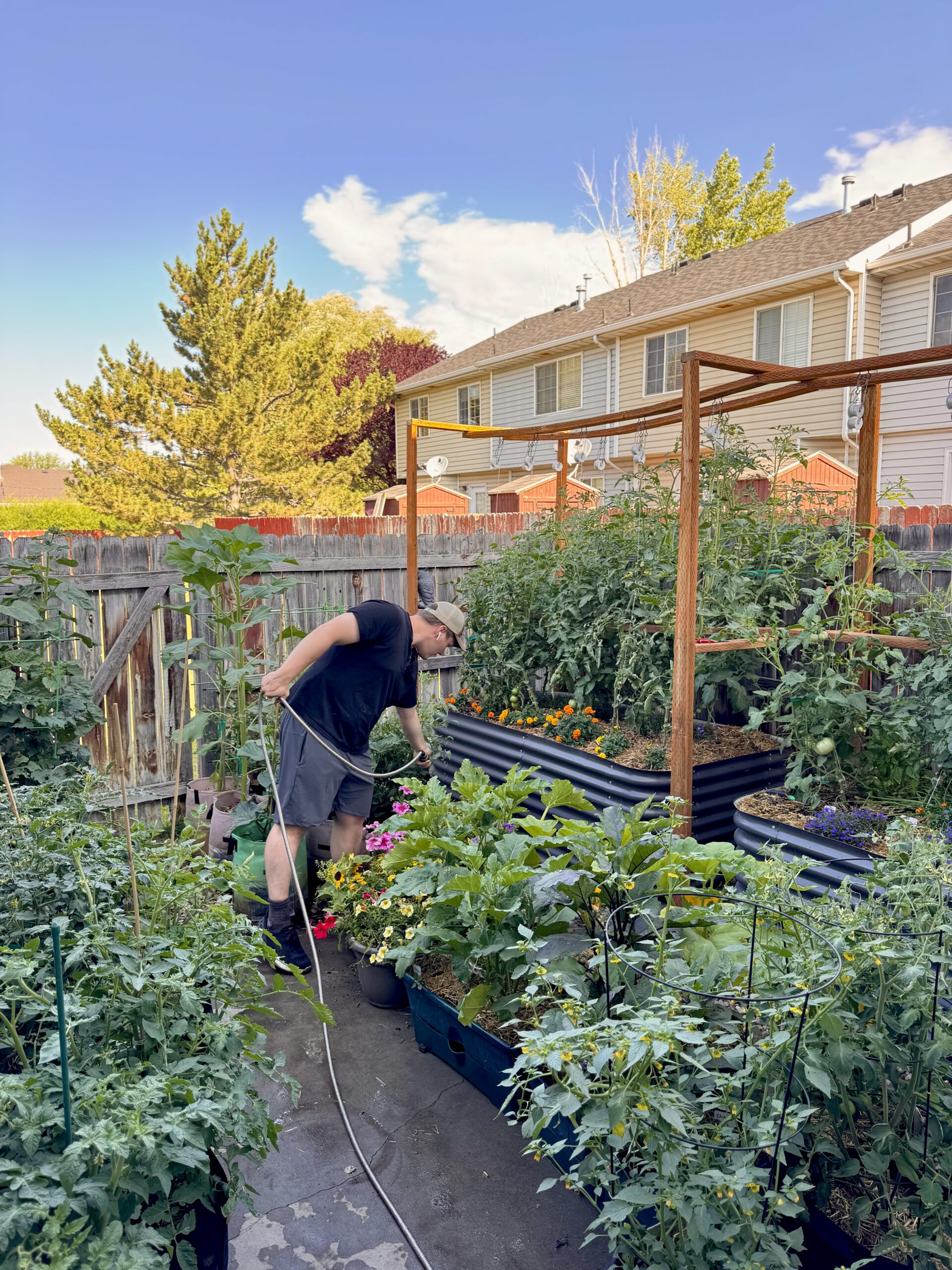
Thanks for reading along, guys! If you enjoyed this blog post, check out my other gardening blog posts:
- How to Start a Garden on a Budget for Under $100
- Essential and Nice-to-Have Garden Products for Your Perfect Setup
- My Garden Setup: 3 Best Garden Containers for Every Gardener
- Understanding Garden Light and Shade: A Simple Guide
- How to Build a Homemade Trellis Using Cattle Panel
Follow me on social media for daily content and instructional videos about gardening!
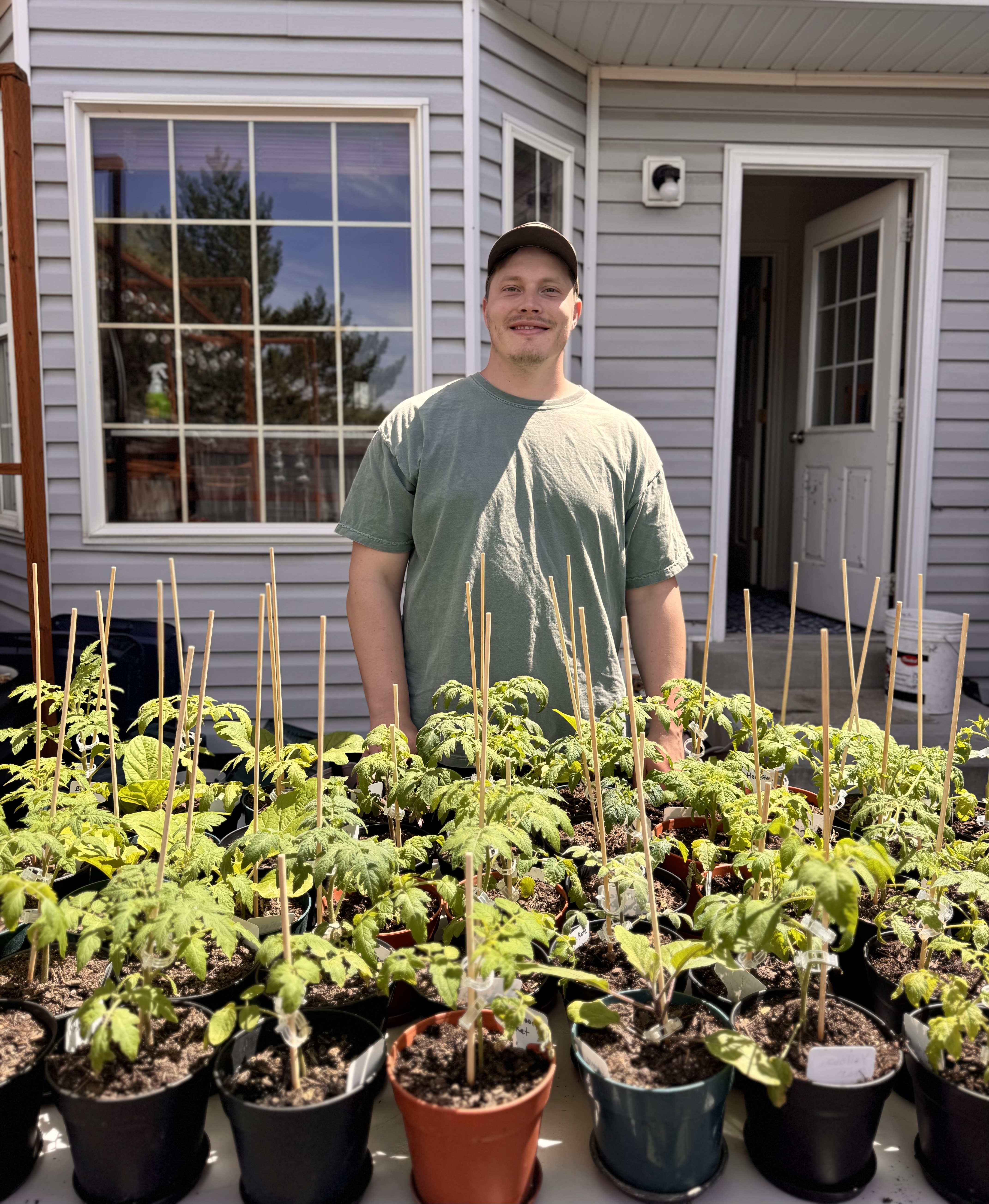




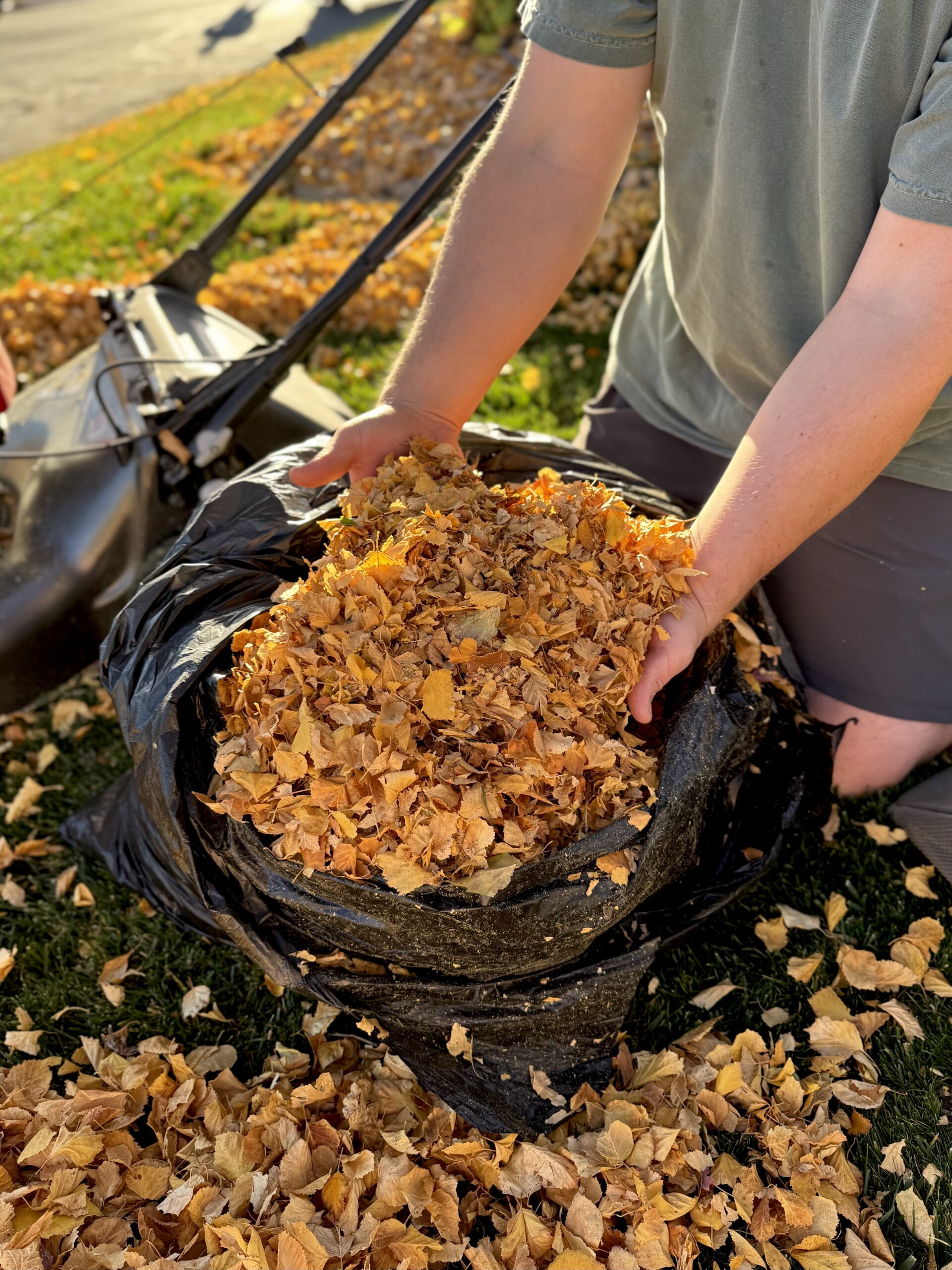
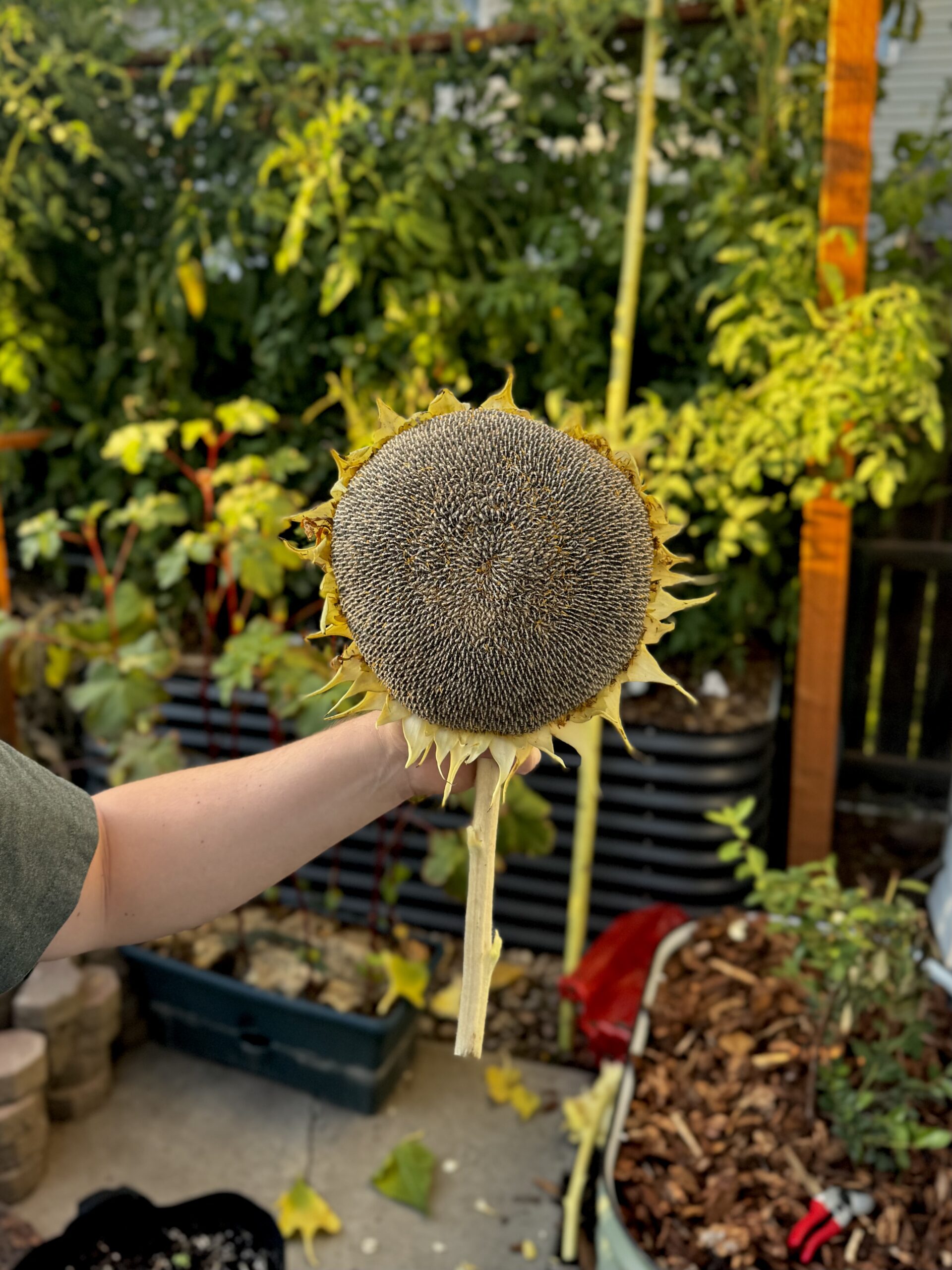
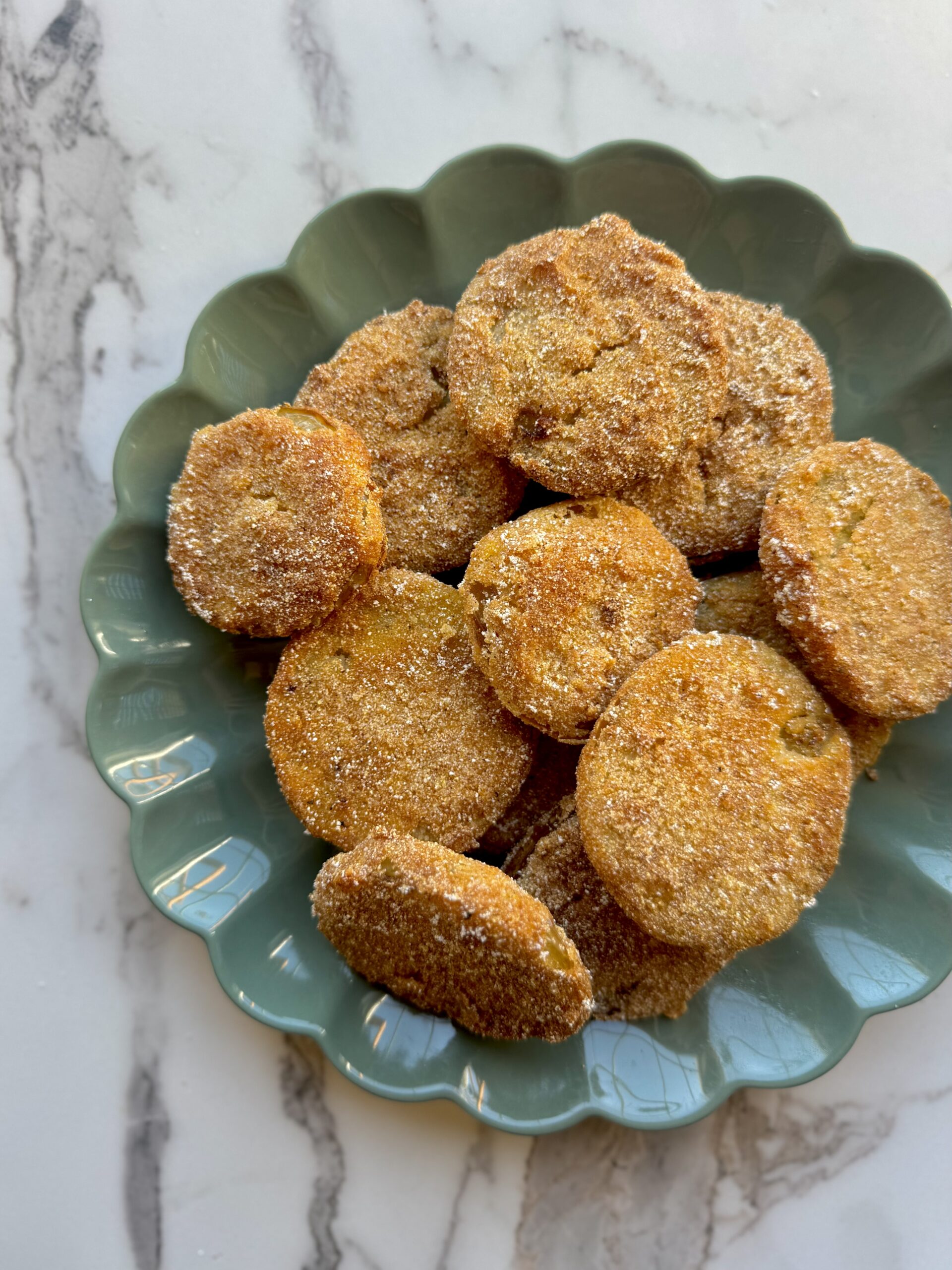
I love Okra! Love how it can grow so well and takes the full summer heat no problem